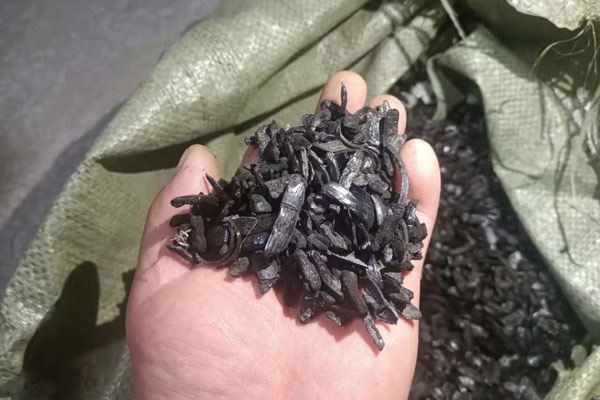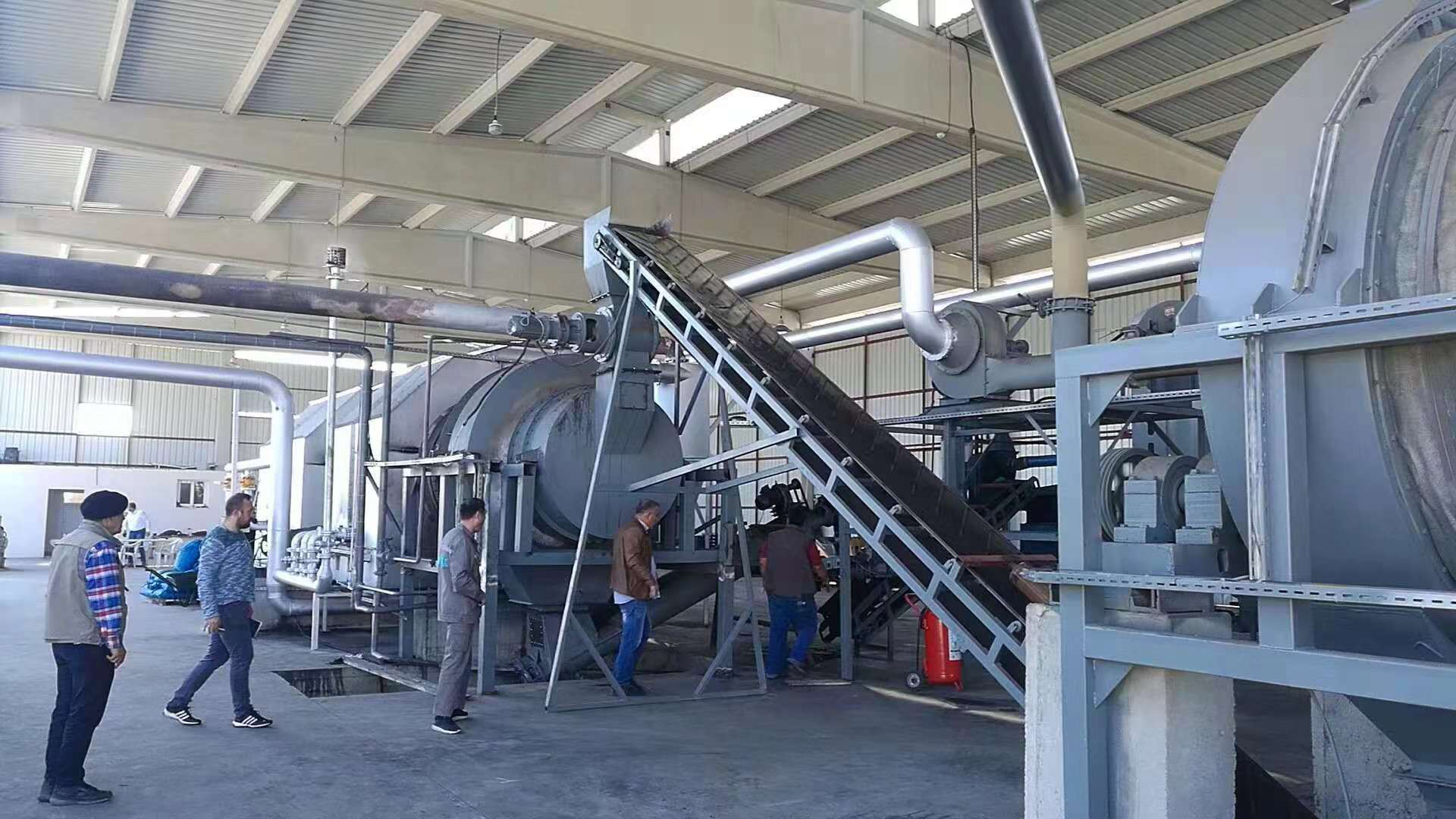Unlocking the Potential of Carbon Sink with Biomass Carbonization Machines
In the battle against climate change, finding effective ways to capture and store carbon dioxide from the atmosphere is of paramount importance. Biomass carbonization machines have emerged as a powerful tool in this endeavor, offering a sustainable solution to enhance carbon sink capabilities. In this post, we will delve into the concept of carbon sink and explore how carbonization machine contributes to this vital process.
Understanding Carbon Sink: Carbon sink refers to any process or mechanism that captures and stores carbon dioxide (CO2) from the atmosphere, thereby reducing its concentration and mitigating the impacts of climate change. Natural carbon sinks, such as forests and oceans, play a significant role in absorbing CO2. However, human activities have disrupted the balance, leading to increased CO2 levels in the atmosphere.

The Role of Biomass Carbonization Machines: Biomass carbonization machines are innovative technologies that transform organic materials, such as agricultural waste, wood chips, and crop residues, into biochar through a process called pyrolysis. Biochar is a stable form of carbon that can be added to soils, promoting carbon sequestration and enhancing soil fertility. This transformational process contributes to both waste reduction and carbon capture, making biomass carbonization machines a valuable tool in the fight against climate change. See more options on this page: https://www.bestongroup.com/id/.

Advantages of Biomass Carbonization for Carbon Sink:
- Long-Term Carbon Storage: Biochar, produced by biomass carbonization, has a remarkably stable structure that can hold carbon for hundreds to thousands of years. When biochar is added to soils, it effectively locks away carbon, reducing its release into the atmosphere.
- Improved Soil Health: The incorporation of biochar into soils enhances soil structure, water retention, and nutrient availability. This leads to healthier plant growth and increased carbon sequestration as plants absorb CO2 during photosynthesis.
- Minimized Methane Emissions: Biomass waste, if left to decompose naturally, can release methane, a potent greenhouse gas. By converting biomass waste into biochar, methane emissions are minimized, contributing to a cleaner environment.
- Synergy with Afforestation: Combining the use of biomass carbonization machines with afforestation efforts amplifies the carbon sink potential. Trees capture CO2 from the atmosphere while biochar enriches the soil, creating a positive feedback loop for carbon capture and storage.
The Path Forward:
As governments, organizations, and individuals worldwide intensify efforts to combat climate change, biomass carbonization machines offer a pragmatic and impactful solution. By harnessing the potential of these machines, we can convert organic waste into a valuable resource that aids in carbon sequestration, soil enrichment, and sustainable agriculture. The collective adoption of biomass carbonization contributes to building a more resilient planet and addressing the global challenge of rising CO2 levels. There are some options: https://www.bestongroup.com/biochar-pyrolysis-equipment/.
Incorporating biomass carbonization into climate mitigation strategies demonstrates a commitment to both environmental conservation and sustainable development. By embracing this technology, we can take significant strides toward creating a healthier and more sustainable future for generations to come.